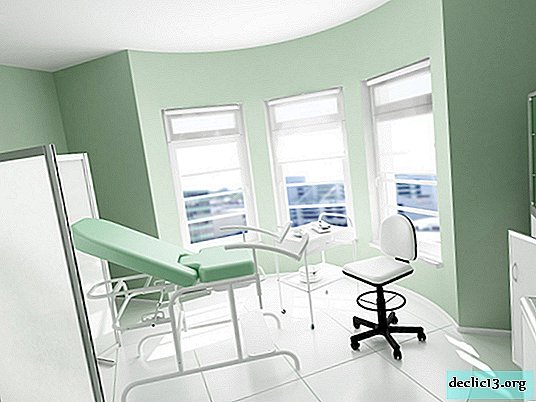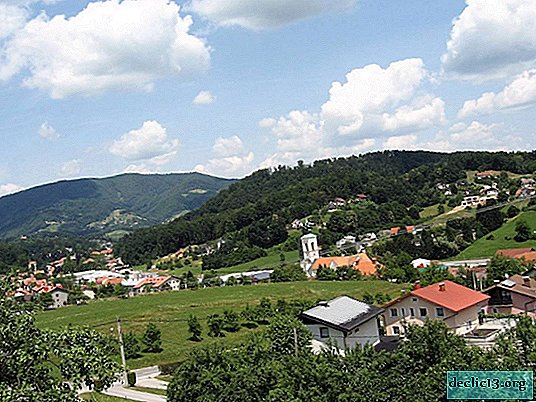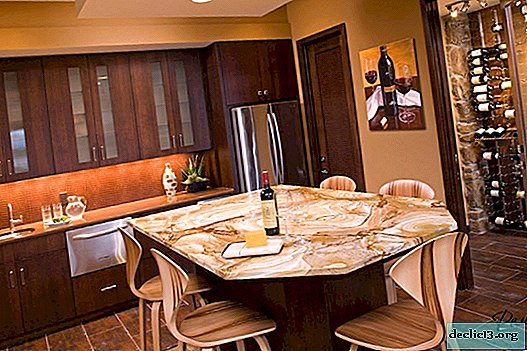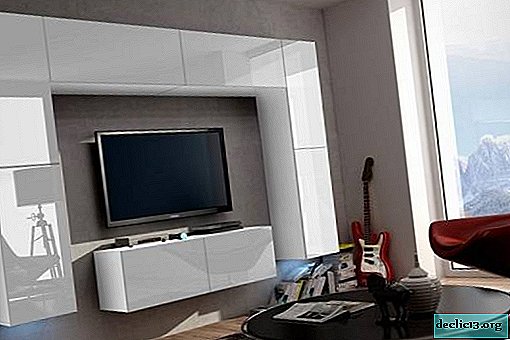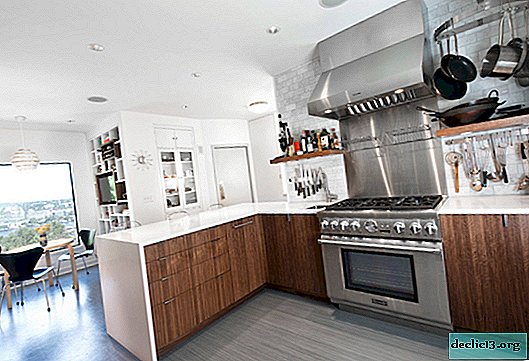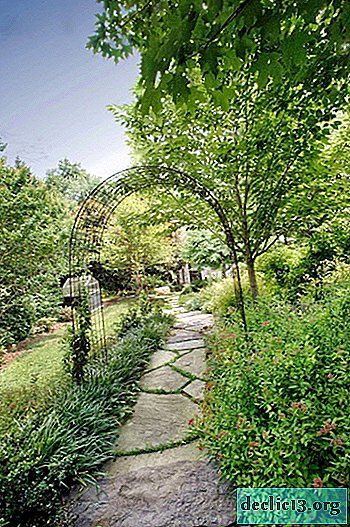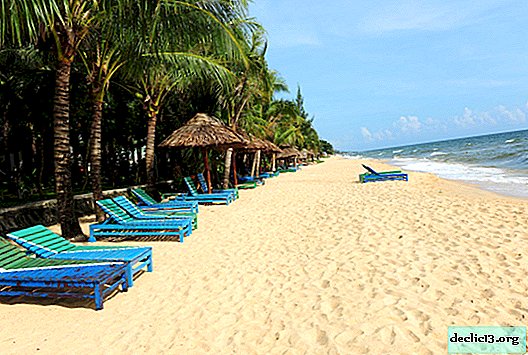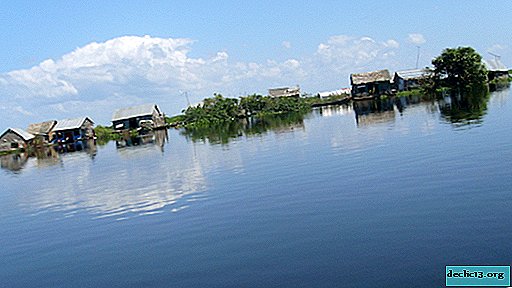100 beautiful roof ideas for a private home
The roof of any private house has an incredibly responsible and multidisciplinary task - throughout the entire service life, it must protect the home from snow, rain, wind, scorching sunlight and winter frosts. In order to maintain warmth and comfort in the house, the roof must be properly designed, the design and materials of execution must be selected taking into account the nuances of the architectural structure and the peculiarities of climatic conditions. But in addition to a rationally chosen form, reliable materials and quality installation, any owner would like to see not only the protection of their home from the vagaries of nature, but also an attractive external building element that adorns the building or brings originality to its image.
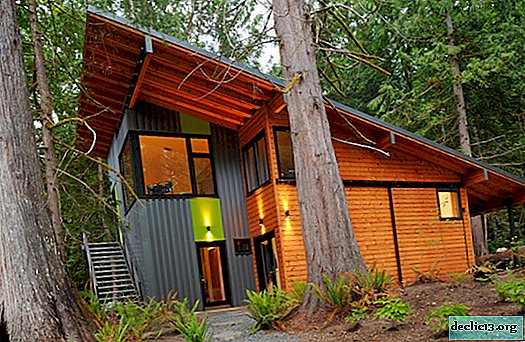

Roofing for a private house - a variety of forms
You probably already saw many options for the execution of roofs in the construction of a modern home. The variety of forms will help not only determine the most suitable way to protect the building from weather conditions, but also find its solution for the implementation of design ideas to create an original image. Before proceeding with the choice of the type of roof for your own home, it makes sense to familiarize yourself with the design features of various options for its execution. If we talk about the global division of roofs into types, then the main criteria are:
- material type;
- roof pitch;
- type and form of construction.



It is the right choice of these three components that will help create a truly reliable, strong and durable building covering that can withstand all the nuances of climatic conditions. The main influence on the choice of the type of structure will be provided by weather conditions in the area - it makes no sense to build a roof with a slight slope in places with a lot of rainfall in the winter (snow will accumulate and subsequently destroy the structure).


The main classification of roofs occurs according to the shape and number of slopes. A slope is a roof slope of more than ten degrees. Roofs come with one, two and four slopes. There are also more complex structures equipped with combined slopes - multi-gable and tent roofs. Less often, but still found in the field of construction of private houses, dome and conical roof models. If several options and shapes are found in the roof structure, then it is called combined.



So, we will analyze in more detail the options for the execution of roofs in private houses of different sizes and shapes, located in different climatic conditions:
single slope the roof is the simplest and most cost-effective design that does not require large financial and labor costs for installation;


 gable - a roof construction that is no less affordable in cost, which is often used for buildings of various shapes (ideal for regions with a lot of snow);
gable - a roof construction that is no less affordable in cost, which is often used for buildings of various shapes (ideal for regions with a lot of snow);



attic roof - a variant of a gable roof with a broken profile (each slope has two levels, the first is gentle, the second is falling);


hip the roof is suitable for buildings with a large area. It is able to withstand large wind loads;


a hip roof with an arched slope (like a pagoda) is not common because of the complexity of manufacturing. But the appearance is very attractive, original;

hipped - a kind of hip roof, which is ideal for square-shaped buildings (the roof consists of four triangles, summarized by the tops as a tent);


half-hip the roof is another subspecies of the hip roof (a slightly complicated design for a gable roof);


multi-forceps the roof has a rather complicated construction (suitable for both square and rectangular houses);



vaulted roof - the name speaks for itself - the roof has the shape of a vault (rarely used as the main type of roof of residential buildings, more often serves as an addition);





tambourine the roof consists of four rhombuses centered in the center and is ideal for square-shaped houses.
In addition to classification by shape, there is a division of roofs into:
- exploited;
- not operational.


The name speaks for itself. Roofs used include flat roofs, on which you can equip a recreation area in the fresh air, a sports ground, a terrace and even a lawn with plants. The advantage of a flat roof is not only the simplicity of execution, the minimum amount of materials and time costs, but also that even a strong wind will not tear such a roof. A significant drawback is the accumulation of precipitation on a flat surface without a slope.





Recently, it has been fashionable to use the roof surface to create real masterpieces of landscape design. The role played by the high cost of land within the city, and the desire to have your own green corner within walking distance, and the possibilities of the modern market of materials and plants for organizing such oases on the roofs.






If we talk not only about the aesthetic side of using the roof surface, but also the practical one, then the most popular way to create an effective space is to install solar panels. Energy saving and rather high prices for electric power push many owners of private houses to use alternative energy sources, which are easy to install on the roof itself.



Also, all roof options can be divided into two groups:
- attic;
- heartless.



If the distance between the ceiling and the roof surface does not exceed one and a half meters, then this type of roof is considered attic. Usually this space is used only for technical needs. An uncorroded roof is used if there are ideas for using the space under the roof to organize residential premises. In addition, the attic space can be organized already in the finished building, having built up the second floor.


How to choose a slope for the roof
By type of slope, all roofs are divided into pitched and flat. Slope is the slope of the ramp relative to the horizon. Most often it is measured in degrees, less often - as a percentage of the height of the roof to the span. For example, a slope of 100% corresponds to 45 degrees.



The main reason for arranging the roof slope is the need to drain precipitation from its surface. If there is no slope at all (less than 1%), then the roof will often leak, causing inconvenience to the owners. And outwardly, this approach to organizing the coverage of buildings is more suitable for farm buildings. Although many designers offer such constructive solutions as an original way of distinguishing a building from similar houses on the same street.


When choosing the roof slope option, it is considered that the maximum load from the snow that has fallen on the surface is achieved at an inclination angle of 30 degrees. So that such a roof could self-clean (snow naturally slid down), the slope should be 45 degrees.


In addition to precipitation, gusts of wind influence the roof. With an increase in slope of 20-30%, the wind load on the roof increases by 5 times. But even a very small bias is not an option, the wind can penetrate the joints of the ceiling and disrupt the structure, which is called from the inside. That is why the design justification for the shape of the roof and its slope must be trusted to competent specialists who will take into account all the nuances of the weather conditions of a particular area.


In order to determine the slope, specialists use special calculation formulas and graphs. They are easy to find on the Internet. In short, to determine the slope, it is necessary to calculate the ratio of the size of the ridge to half the width of the house. After multiplying the resulting number by 100, we get the desired slope value. If we talk about the bias, in relation to the cost of construction, they increase with the growth of this indicator.


Despite the obvious fact that the pitched roof is becoming more expensive than a flat model, all developers prioritize reliability, durability and structural strength, rather than the initial cost. Therefore, pitched roof structures are the most popular version of a private house covering. The slope of such a roof will be determined not only by wind and snow loads, but also by an aesthetic appearance. In addition, the slope of the roof is determined using a specific building material.



We select building materials depending on the slope of the roof
In order for the roof to be reliable protection for the building from any weather manifestations, it is necessary to take into account the angle of inclination of the slope (slopes) when choosing roofing material:
slate or asbestos-cement sheets of a wavy shape - the coating can be used with a roof slope of 13 to 60 degrees. With a slope of less than 13 degrees, water will enter the joints of the roofing material, significantly reducing the life of the coating (and slate can not be attributed to durable materials);

ceramic tile - the slope for this type of coating is in the range from 30 to 60 degrees. Laying ceramic tiles with a slope of less than 30 degrees is possible, but it is necessary to take additional measures to organize ventilation and waterproofing of the roof;


metal tile - One of the most popular materials used in private construction. One of the advantages of this roofing is that the maximum angle of inclination is not standardized, and the minimum is 15 degrees;


corrugated board rarely used as permanent material for covering private houses (mainly, it is used for household buildings, garages). Material is laid when the roof slopes from 10 degrees (the maximum value is not standardized);

shingles - Great for unusual roofs with arched shapes. The slope angle must be at least 12 degrees, the maximum value is not limited;



bitumen slate - is used infrequently and with a slope of at least 5 degrees. There is also no maximum value, but it is necessary to take into account the slope angle to calculate the lathing - with a slope of 5 to 10 degrees, a solid flooring is usually set up;
rebated steel roofing - used at an angle of inclination of 20 degrees (the final figure is not limited).



In a special group of roofing materials, it is possible to distinguish double-glazed windows and sheets of tempered glass, from which part of the roof is often made. Usually this is the peak of the veranda or greenhouse, less often - the kitchen or living room in a private house. The design, of course, turns out to be incredibly attractive externally, not to mention the aesthetic features of the appearance of the ceilings inside the room, but similar architectural solutions will require considerable expenses. Glass is able to withstand a fairly large snow and wind load. Most often it is attached to a metal profile, less often - it acts solo.



When choosing a coating for creating a roof, you need to use a simple rule - the denser the structure of the roofing material, the smaller the angle of inclination of the pitched roof should be. If you take into account the angle of inclination of the roof slope when choosing a material, you can end up with a long-lasting and durable structure, ready to withstand the various climatic features of a particular area.



Design and color scheme
The choice of color of roofing materials in the lines of modern manufacturers of building and finishing materials is incredibly wide. You can use color to create a harmonious ensemble of the structure and its roof, or highlight the roof with a bright, contrasting shade. The only thing you need to decide when choosing a color scheme for roofing material is whether you want the roof of the house to blend in with the environment (greenery, mountains, steppes for suburban households and other buildings for urban apartments) or stand out against the general landscape in terms of brightness, contrast .


If the facade of your house is made in bright colors, then the contrasting dark roof can be a difficult original addition to the image of the building, but also distinguish it from other buildings on the street or outside the city, among green plants.





The opposite situation, when the roofing material is selected in light colors, and the facade is finished in dark colors, is not common. From that, your building will look more valuable and original, standing out among many similar private houses built in the neighborhood.




The bright, saturated color of the roof will help create a truly unique image of your architectural structure. If your task is to draw attention to a private home, then the colorful color of the roofing material is a great way to achieve the goal. But in this case, the facade of the building should be made in a neutral tone.






